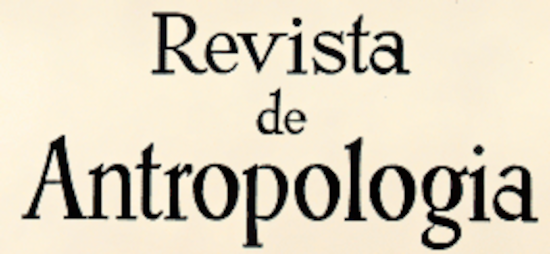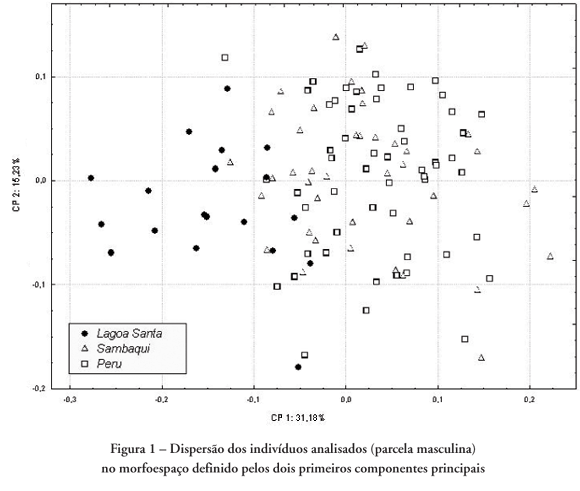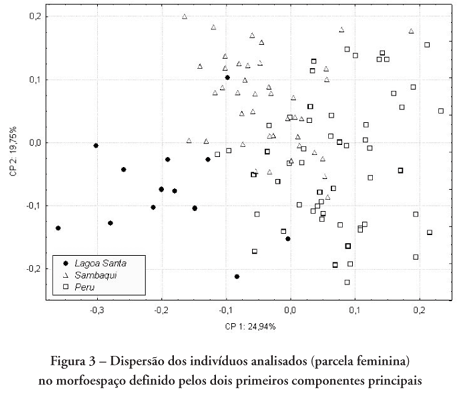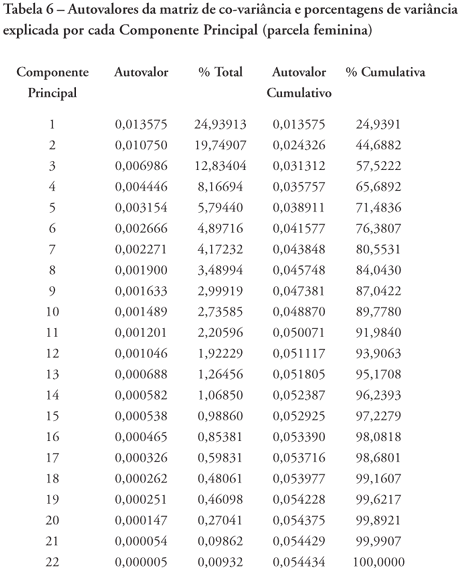Until mid 1990s the prevailing model to explain the early colonization of the Americas rested on the assumption that three different migrations were involved in the process. The first migration would have given rise to most of the modern Native Americans, and is known as "Amerind"; the second migration would have given rise only to the Na-Dene Indians of the northern pacific; while the third would have given rise to the Eskimos and Aleuts. Known as the Three Migrations Model, the model was said to rest on convergent evidences coming from dental morphology, linguistics and the gene pool of living Native Americans. By the time the model was formulated, genetic diversity of living humans was studied by means of gene products, like serum proteins, and not by means of DNA itself. From mid 1990s on, two other models to explain the origin of Native Americans started competing with the Three Migration Model. They are known today as The Two Main Biological Components Model, and The Single Migration Model. The first one rests on the analysis of the cranial morphology of extinct and extant Native Americans along time, while the second has emerged from the study of DNA polymorphisms of living populations, mainly from mitochondrial and Y chromosome DNA sequencing. In other words, evidence coming from cranial morphology and its variation along time sustains that two Northern Asian populations entered the continent: the first one exhibiting a more generalized cranial pattern, and a second one exhibiting a more specialized architecture. On the other hand, the distribution of DNA haplogroups in modern Native American populations is easily explained by the entrance of only one mother population from Northern Asia. In this study we present new evidence that two very distinct cranial morphologies are indeed found among extinct Native Americans along time: a more generalized cranial pattern typifying the first newcomers, known in the literature as Paleoindians (12 to 8 thousand years ago), and a more specialized pattern typifying latter groups, since the Archaic period (<8 thousand years). Although exceptions to this temporal logic have already been found, the chronology proposed seems to work in the vast majority of the American continent. The results obtained are discussed under the light of those generated by Molecular Biology of extant Native Americans.
Three Migration Model; Two Main Biological Components Model; Native American DNA; Cranial Morphology; First Americans
















